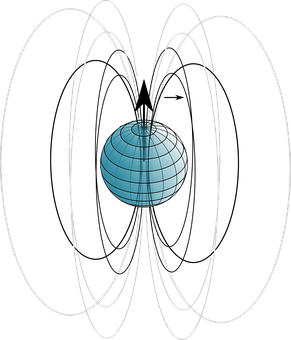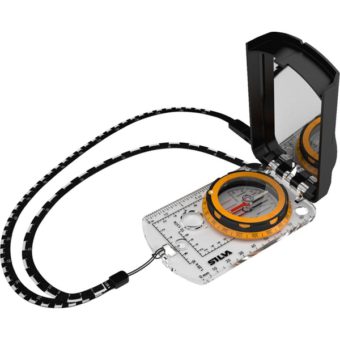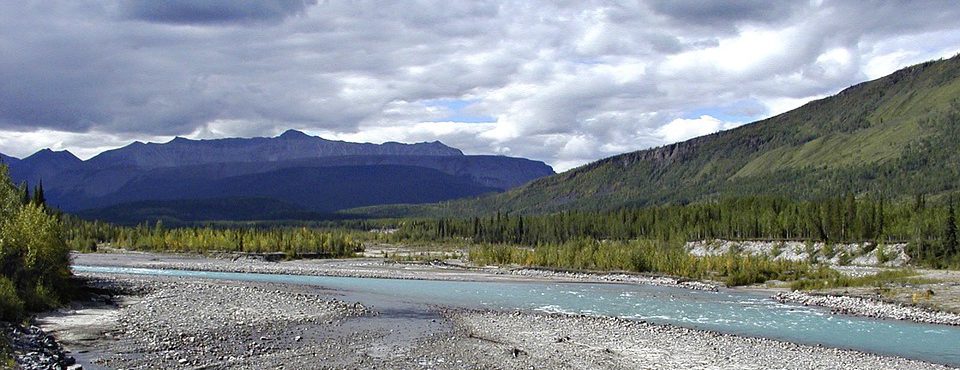What is the Best Hiking Compass?
Ah! … Navigation. The best reason for owning the best hiking compass. Makes perfect sense if you are lost in the wilderness and cannot find your way out of the bush, out of the forest, or out of the desert. Why are you lost?
The reason you are lost, centers around the compass; to be more precise, the orienteering compass. You have no map and compass or you don’t know how to use the map and compass you have with you. How important is learning this skill now?
I could define navigation with a bunch of beautiful words that may or may not impress you, as you read these words, sitting or standing, from the device of your choice.
Navigation is simply finding your way around, or in and out of places.
Not that simple, when you are lost.
This is what navigation is all about. Finding the way to get there, and back to your home or vehicle!
As soon as I hear the words wilderness navigation, or outdoors navigation, two things come to mind; a map and a compass. Having only one of these items is better than none, but having both, is the game changer. If you know how to use a map and compass, you will never be lost again, and you become free to enjoy the activities of your own choosing.
There are 6 basic types of modern compasses; 1. the fixed-dial compass, 2. the floating-dial compass, 3. the cruiser compass, 4. the electronic compass, 5. the Braille compass, and 6. the orienteering compass, which is the best option for outdoor and wilderness use.
If you kayak or spend your play time on the water you should be looking at floating-dial compasses.
The two compass models I’ve highlighted below are both orienteering compasses.
Navigation and Compass Terminology
Here are a few Map and Compass terms that belong in this discussion. If you are familiar with them, great. This means that you have some experience with a map and compass, and are perhaps interested in learning more about navigation.
Contour Lines, Damping, and Declination belong in any study of the map and compass.
If you have never heard of these terms, and they are not part of your wilderness vocabulary, do not despair.
Contour Lines. The thin brown lines on your topographic map are called contour lines. They give depth to your map, the third dimension. The closer these lines are, the steeper the terrain. On one of my topographic maps, the contour interval is 100 feet. From this data, I can tell that the elevation gain or drop is 100 feet between any 2 contour lines.
Damping. What is damping? Your compass needle will continue to oscillate for some time unless it is damped in a low viscosity liquid or by magnetism. A liquid damped needle will stop moving in approximately 3 seconds, but induction damping, through magnetism, will take much longer. Mostly all of today’s best orienteering compasses are liquid damped.
Declination. The needle on your compass does not point, it lines up with the Earth’s magnetic field. This is NOT true north.

The angular difference between “magnetic north” and “true north” is called declination.
The Best Hiking Compass has a mechanical adjustment in the form of a small screw, under the compass, to adjust for magnetic declination. This is a necessary feature when you are operating in areas where the declination values are large.
In eastern North America, the declination is westerly, and in western North America, the declination is easterly.
Also worth mentioning is the fact that the Magnetic Pole is constantly moving, and because of this, declination varies from year to year, and from place to place as well.
These values are always indicated on your Topographic Map, and are usually found on the right hand side of the map.
Two Compasses from Two different companies
Now that this little test is over, let’s look at 2 examples of orienteering compasses that I’ve owned, and that I am familiar with. These are, in my opinion, two excellent examples of orienteering compasses available in today’s market.
Along with the Map and Compass guide by Cliff Jacobson, that I mention further below, you will be well equipped to study this important wilderness survival skill.
Suunto MC-2 NH Mirror Compass
This is an accurate mirror compass for the serious and professional navigator. An advanced navigation compass, it offers precision navigation from a variety of well engineered and dependable features for use under challenging conditions.
Compass Highlights
- sighting tools for accurate direction taking
- adjustable Declination correction
- operable in low light with luminescent markings
- balanced for the Northern Hemisphere
- compasses with SH are for use in the Southern Hemisphere, and G is for Global use
- weighs 74 grams, or 2.61 oz
- 65 x 101 x 18 mm, or 2.56 x 3.98 x 0.71 inches
- high grade steel compass needle with jewel bearing
- liquid filled capsule for stable operation
- mirror for sighting bearings
- sighting hole and notch for more accurate bearings
- mirror can be used for emergency signalling
- luminescent markings for low-light use
- metric UTM scales
- inch ruler
- base plate has small magnifying lens
- clinometer for measuring slope angles
- snap-lock lanyard can be detached for map use
- Suunto limited lifetime warranty
- Made in Finland
Silva Compass Expedition S

Compass Highlights
- 0 to 360 degree hi-vis dial with large numerals at 20 degree intervals that are easy to read
- sighting mirror to keep an eye on your destination while plotting your route
- sighting mirror can be used for signalling
- clinometer for measuring slope angles, and estimating distance and height
- adjustable declination
- declination scale
- silicone feet keeps the compass from sliding across your map
- magnifying lens on a clear base plate to assist with mapping and plotting
- slope card to gauge ascent difficulty and assess avalanche risk
- rubberized mirror housing and bezel for easy use with gloves
- scaled lanyard (1:25k and 1:50k) to assist with plotting, and for safe and convenient carry
- 1:25,000 and 1:50,000 scales
- GPS scales
- centimeter/millimeter and inch rulers
- Northern Hemisphere model
- weighs 86 grams
Don’t Forget to try Amazon Prime’s 30-Day FREE TRIAL!
Navigation Tips
- My first tip, if you are new to map and compass navigation, is to get a good book on the use of a map and compass.
- Map and Compass, by Cliff Jacobson, is an excellent guide to the proper use of a map and compass. Inexpensive, it is worth its weight in gold!
- If you are a serious outdoors participant, invest in a superior grade compass, such as in the two above examples, and the Map and Compass guide that I have provided you the link to.
- If you know all this stuff, kudos to you. Perhaps you can pass it along to someone who doesn’t. Unless you’ve spent lot’s of time navigating and studying navigation, there are always a few things that we can all learn about navigating with a map and compass.
Final Thoughts
The Map and Compass is one of my 10 essentials. Very few wilderness survivalists, preppers, and participants disagree with owning, carrying, and being able to use this navigational aid.
Once you develop the skills to read a topographic map and add the compass to this equation your confidence level will soar. You will now know where you are, and how to get back where you came from.
Add to this, the skills to build a shelter, and a fire, and you are now free to explore the wilds of Nature, with the confidence that you can can return home to civilization, and all the things that you ran away from, perhaps only a few short days ago.
You can Contact Me with your comments, questions, and/or suggestions about this post. Click on my links to find out more about the products I recommend and promote. Thanks and Learn to Stay Safe!

So glad I found your site. I am fairly new to hiking but have signed up for a charity-sponsored marathon trek across the south downs in the UK. This compass has so many features that I will need to be using. I will definitely be looking into this as soon as possible. I will be looking through the rest of your site for any more gadgets I can use.
Thanks for this detailed review it was spot on! 🙂
Thank you, Martin, for reading my post.
Read away and comment when you have a few minutes to spare.
Happy Trails.
Paul
This is a fan post and I have been looking for a book to teach about navigation. I think the book Map and Compass, by Cliff Jacobson, is a perfect pick and a must buy for me. I am going on a camp this summer and I need all the resources I can get to keep me alive , I mean, who wants to die away from civilisation. Thanks for educating me on compasses and their futures and how they can be used.
Good Day, Kenny, and thanks for the kind comments.
I’m pleased to read that you are interested in the book. This is a very detailed and easy to read book that I have owned for years. I have read it a number of times, and I keep it close by for an easy reference.
This small guide on the Map and Compass has less than 90 pages, but it explains navigation by map and compass with an orienteering compass very well, and in an easy to follow method.
With this book and a good compass, you will never have to fear getting lost again. The confidence you gain from this skill will bring you up to the top of the class.
Paul
What a very informative post, I spend a lot of time walking in the mountains and my compass has been lost so many times, dropped and has a cracked screen so I have been meaning to get a new one so I found your post which has made me think a lot about buying a new one so clicked your link and am about to purchase the Suunto MC-2/360/IN/D/NH Compass based on your post highlights. You have opened my mind with your recommendations, I also downloaded the compass guide as well, thanks for sharing this post,
James
Thanks, James.
There’s irony in them there words,lol. Also nice to hear that your compass got lost and not you!
Suunto and Silva both make excellent products. After you’ve read this great map and compass guide, you will better appreciate the value of a good compass. Less expensive than the new “electronic” models, but, hey, … no batteries to buy, and maintain.
One of my 10 essentials, it belongs in your backpack. If you have a tendency to misplace things, lol, you can fasten it to a loop inside your backpack. I also recommend some type of protective case, to keep it safe and secure.
If you have any questions or concerns after reading the book, do not hesitate to drop me an email.
Paul